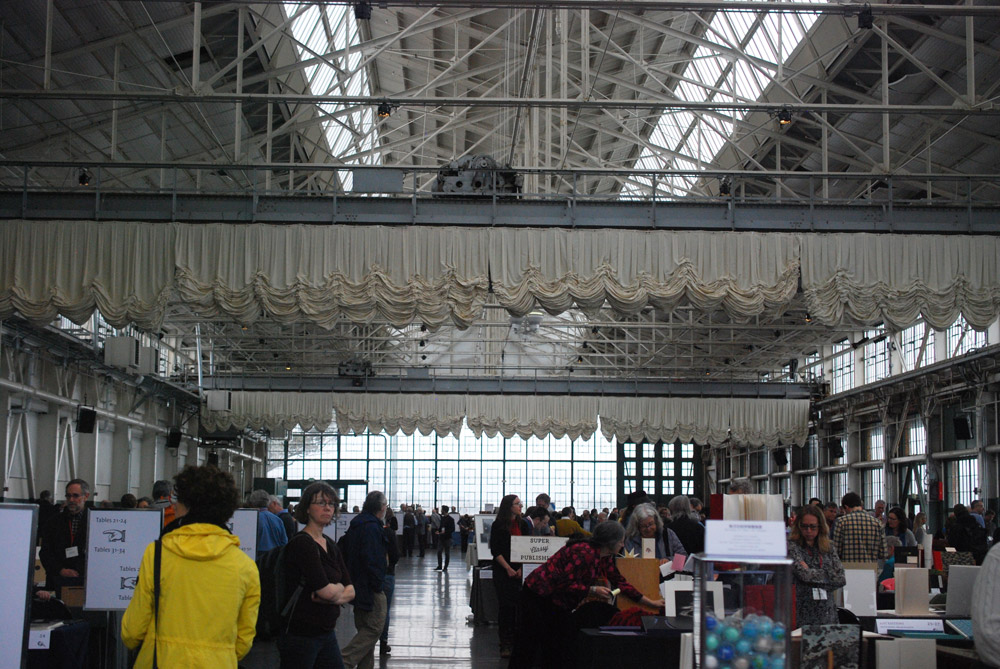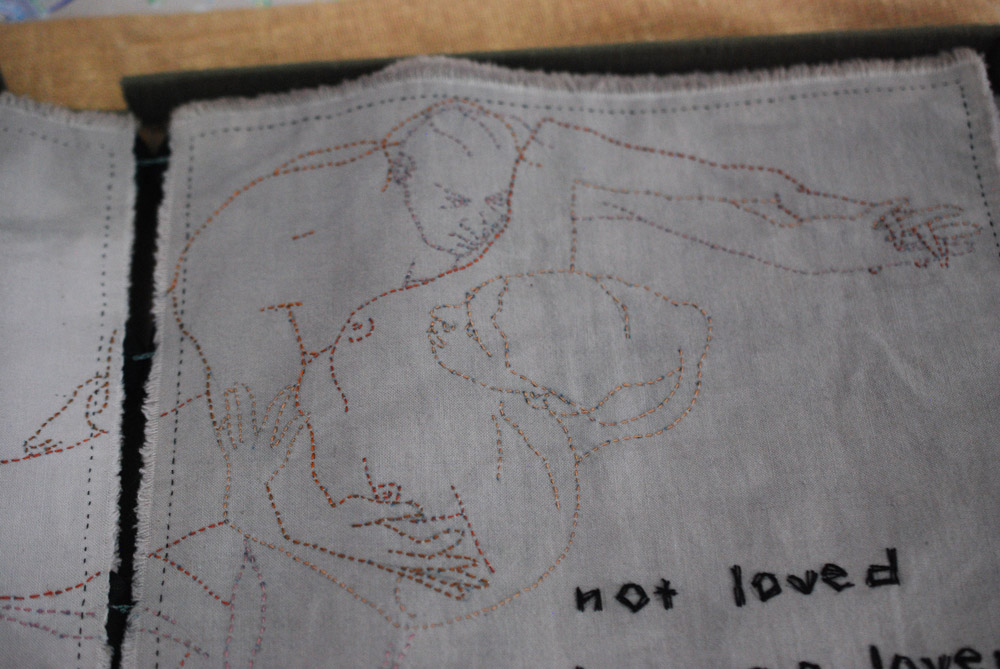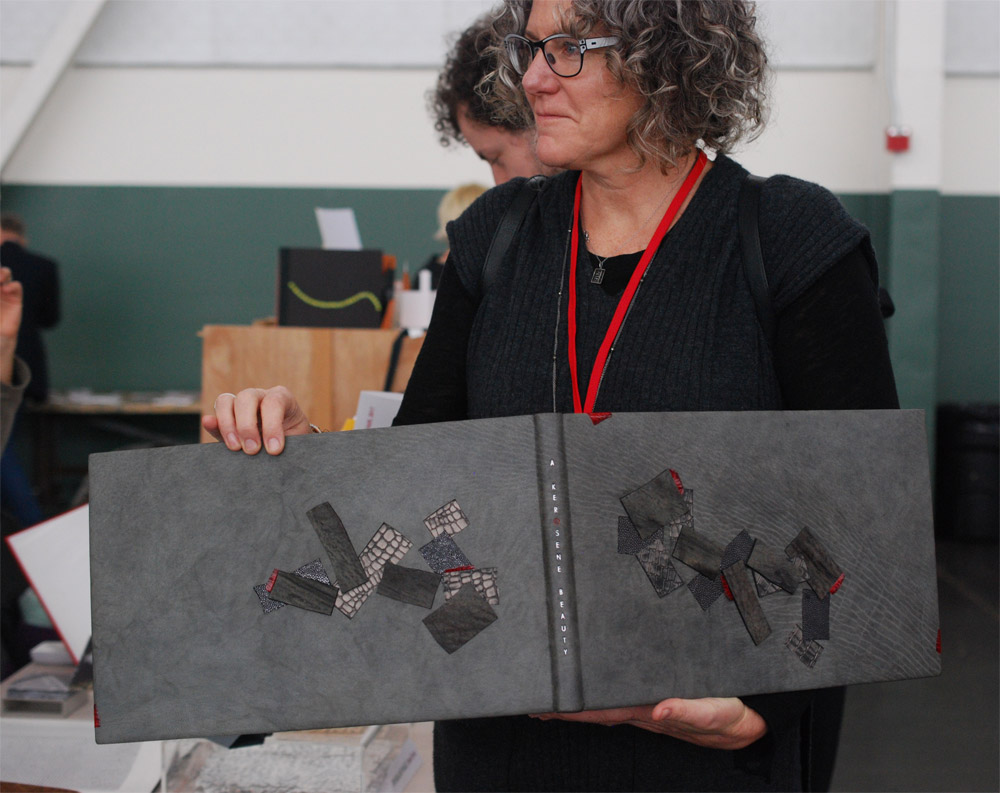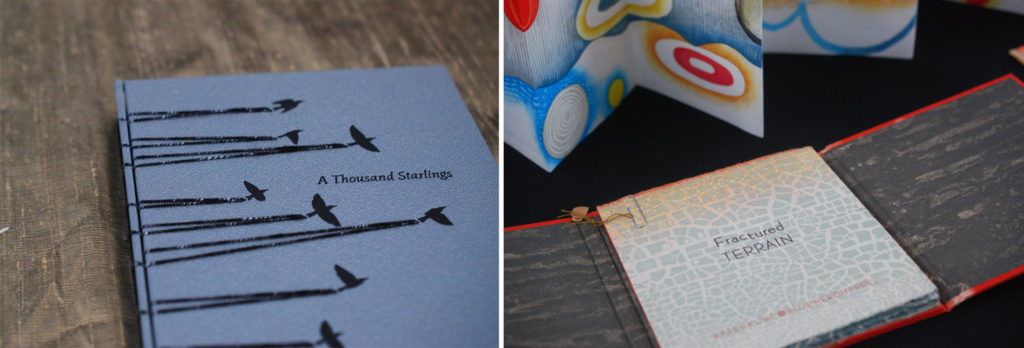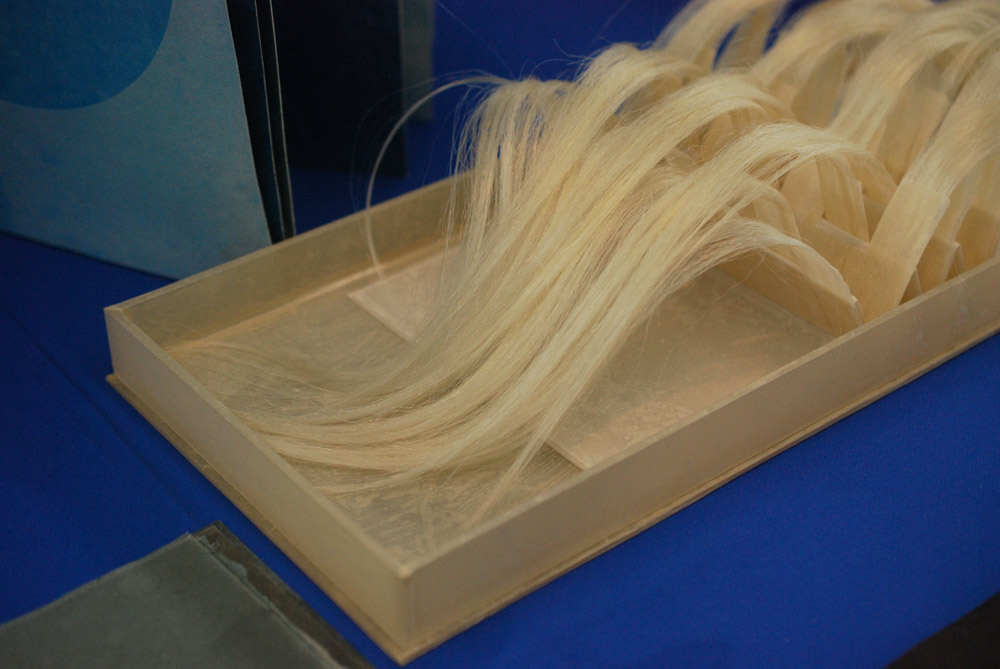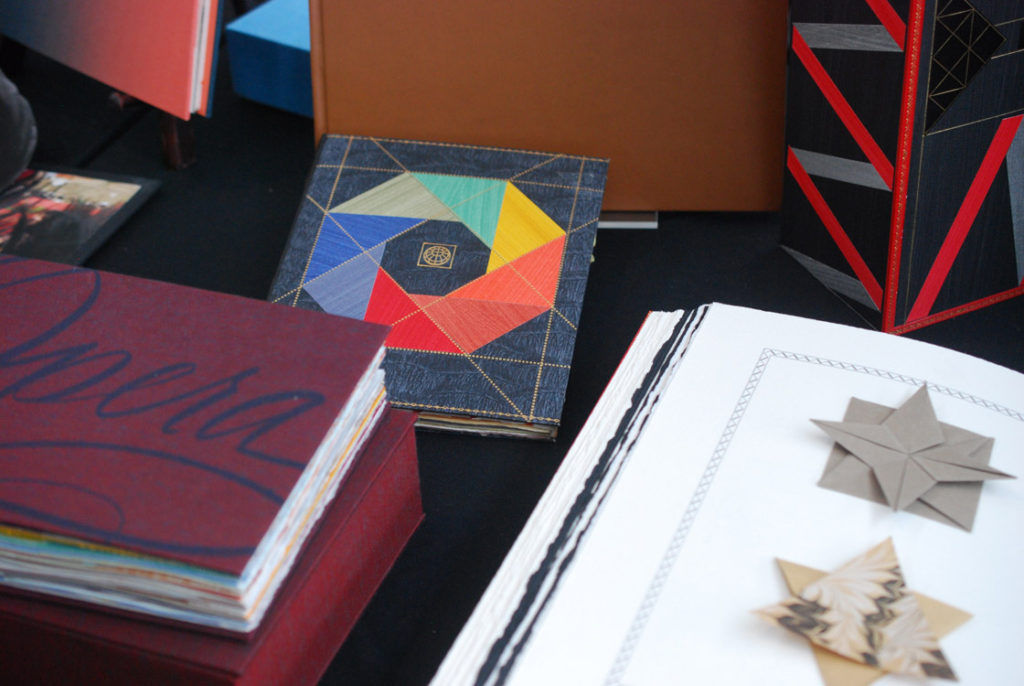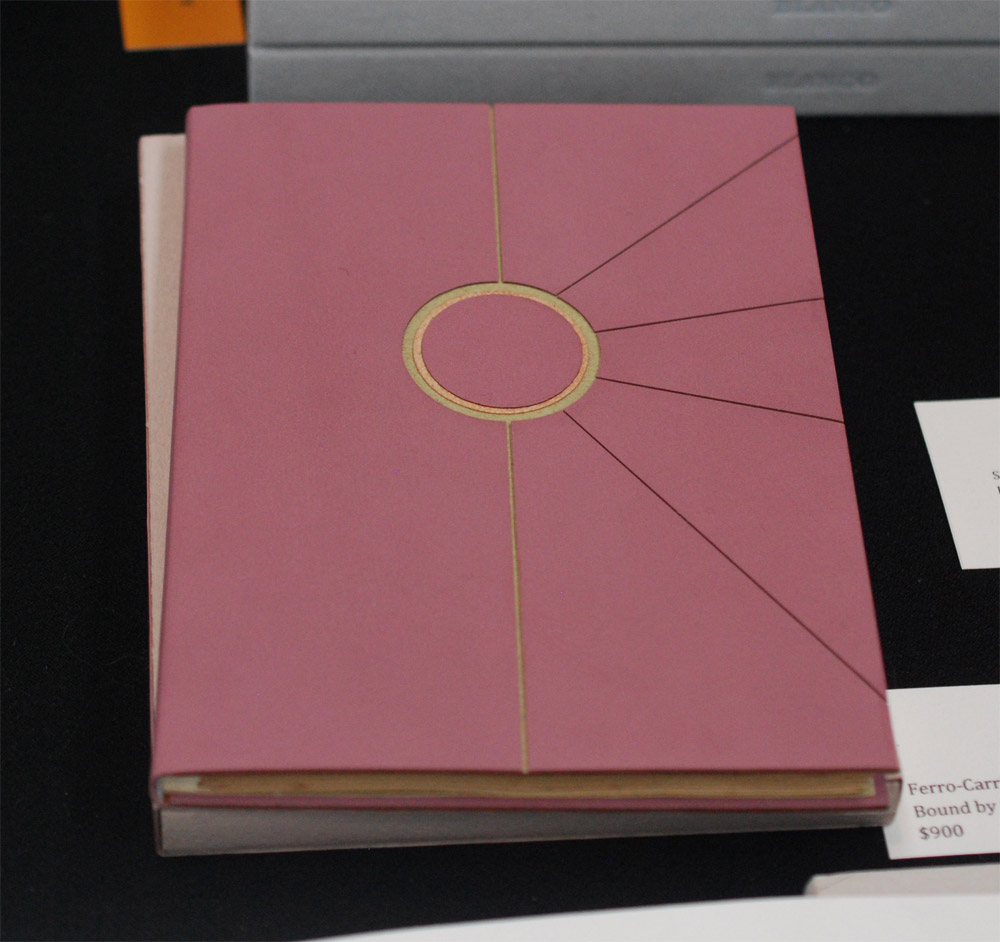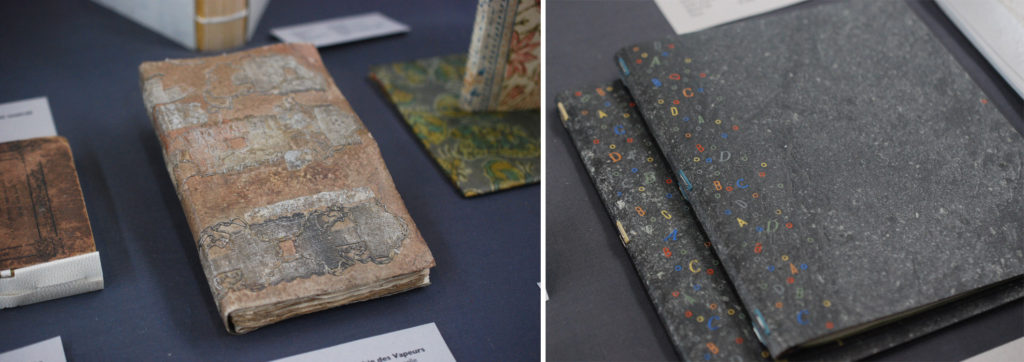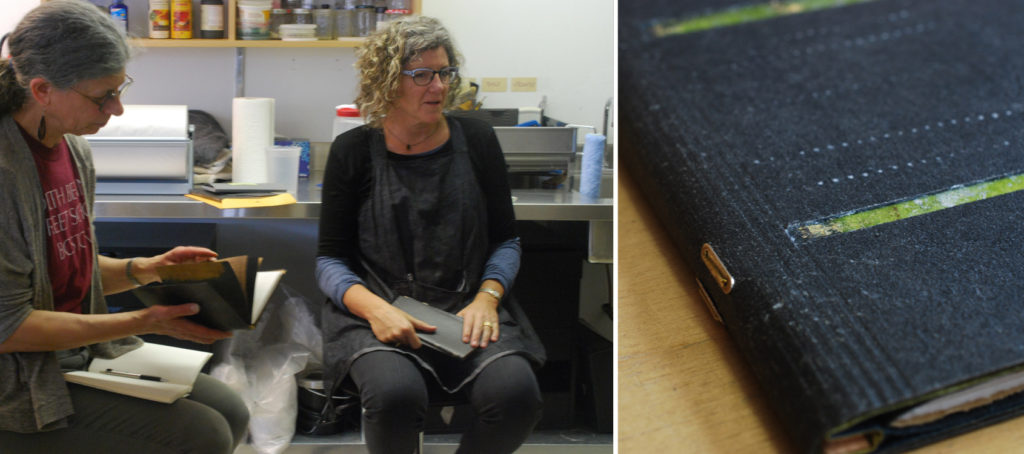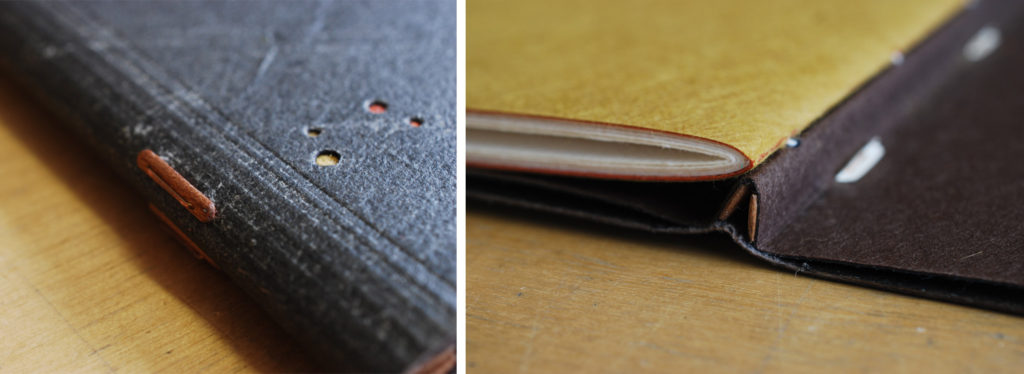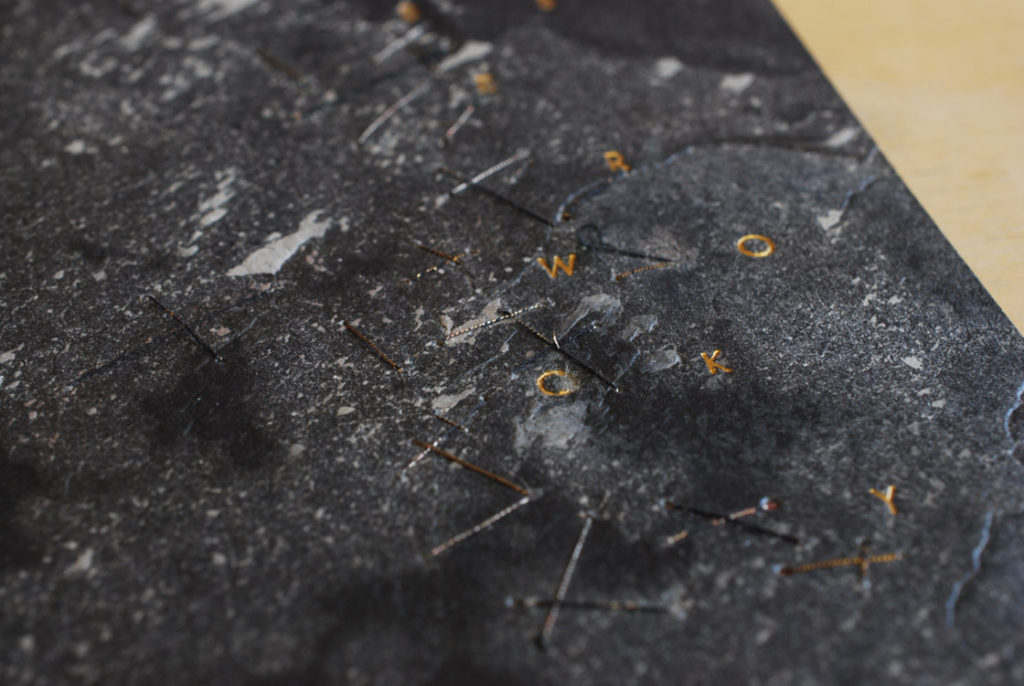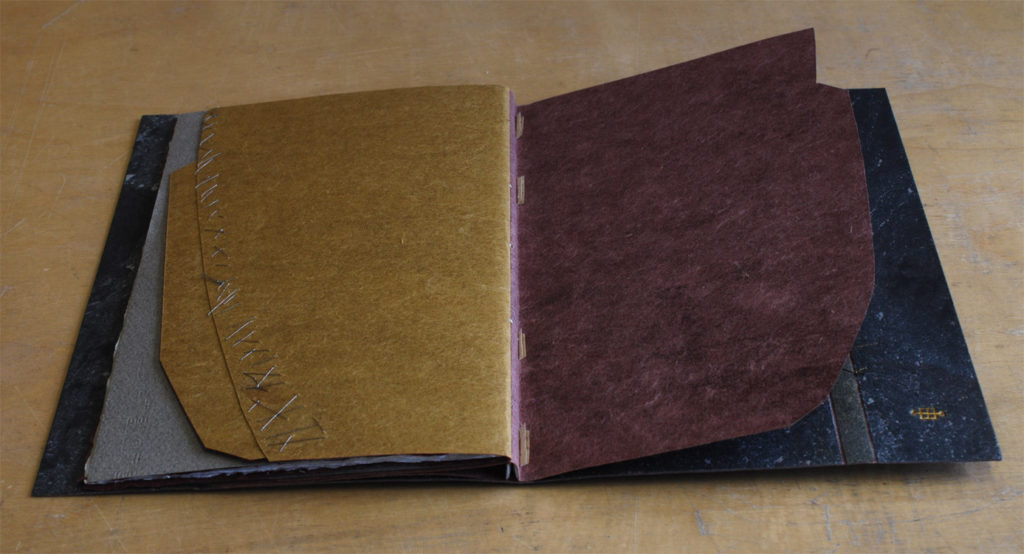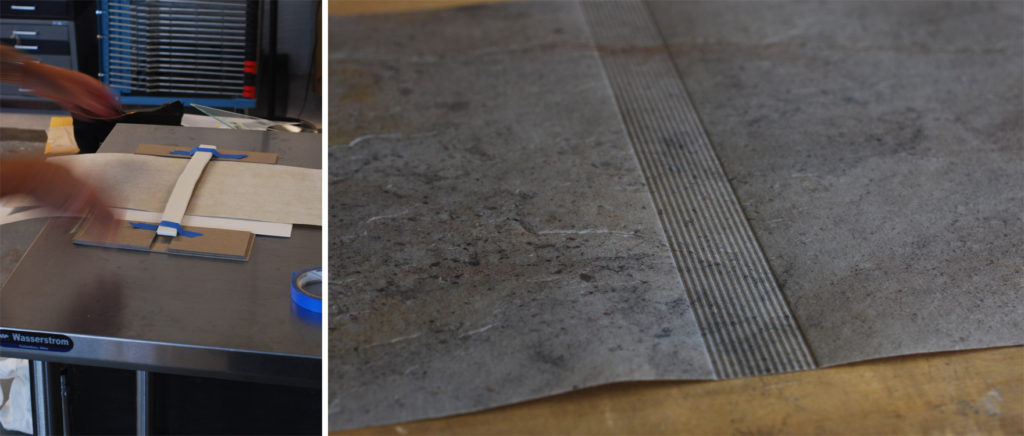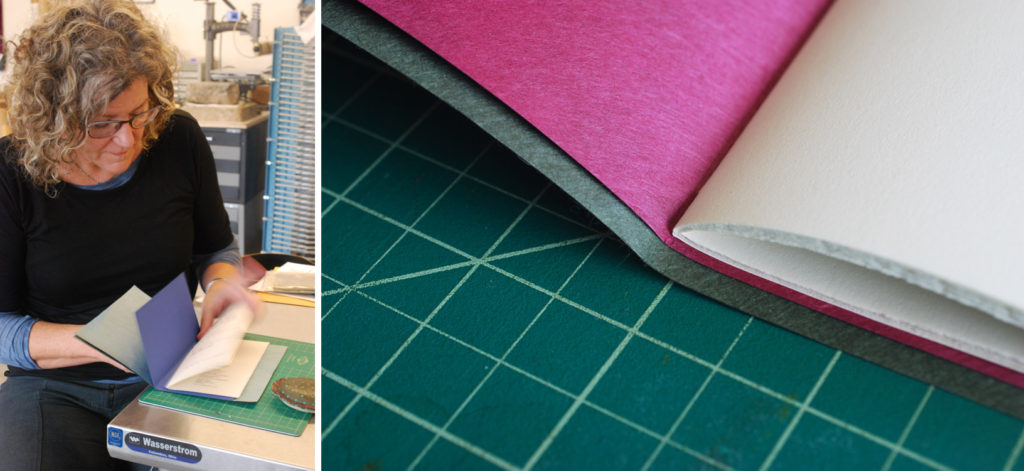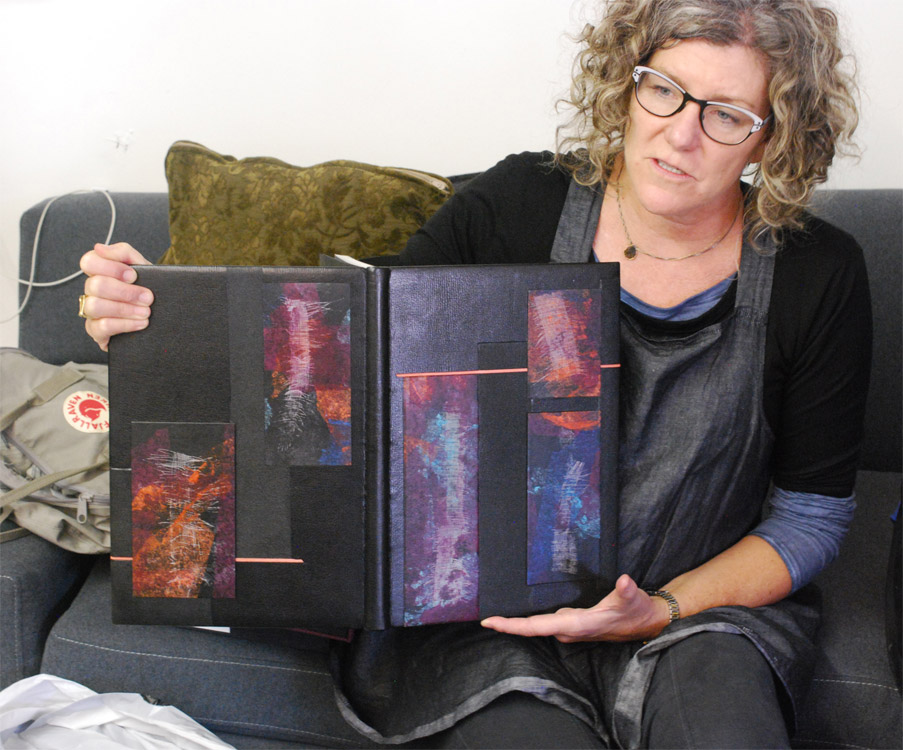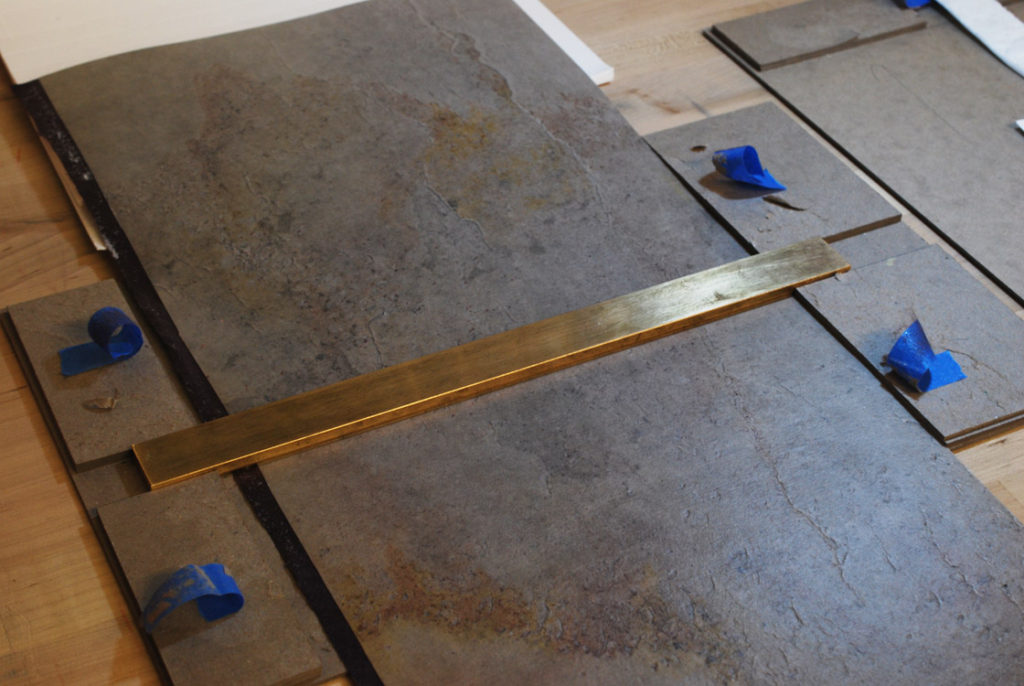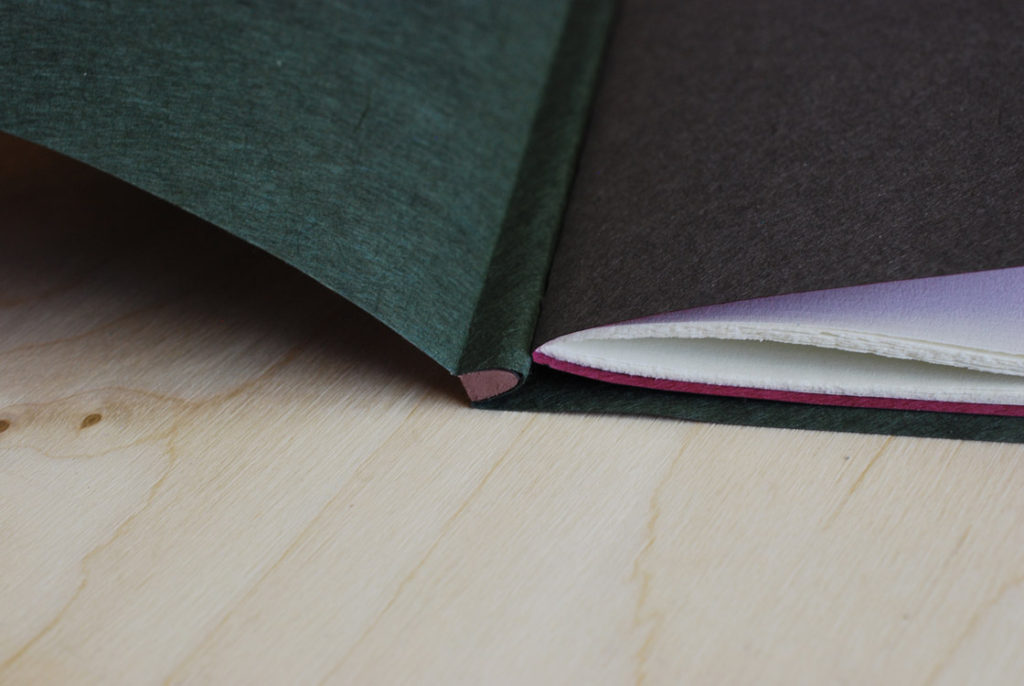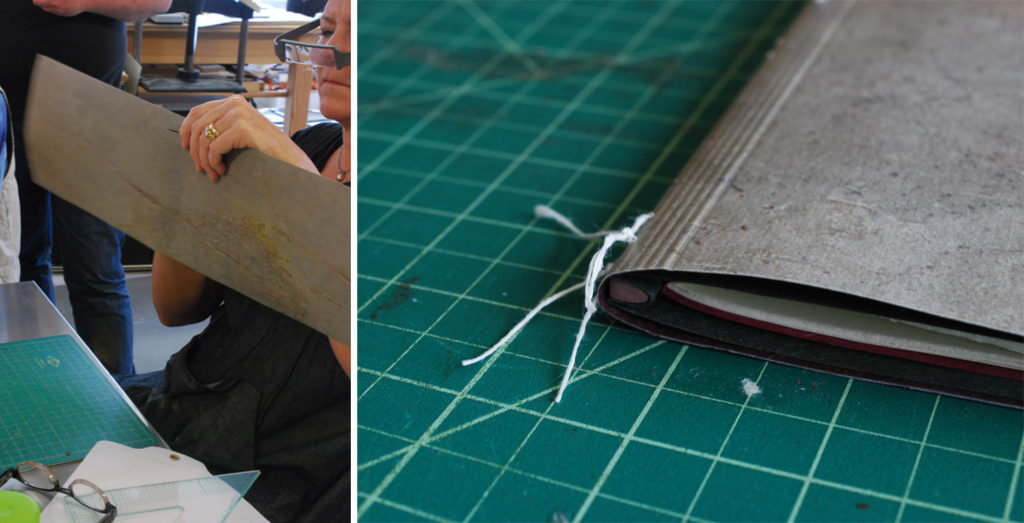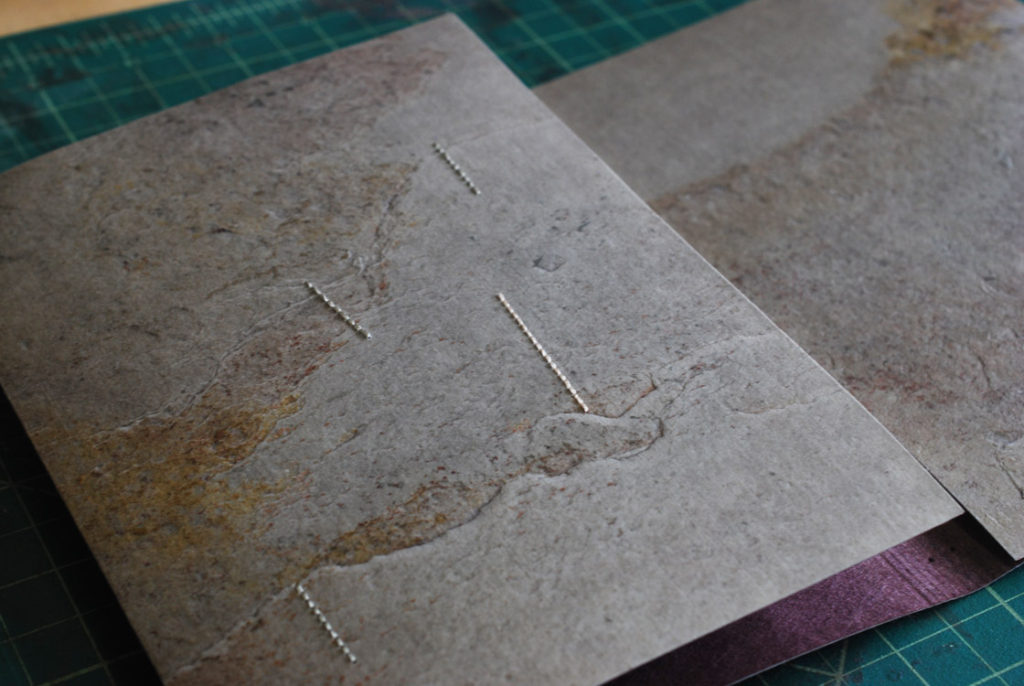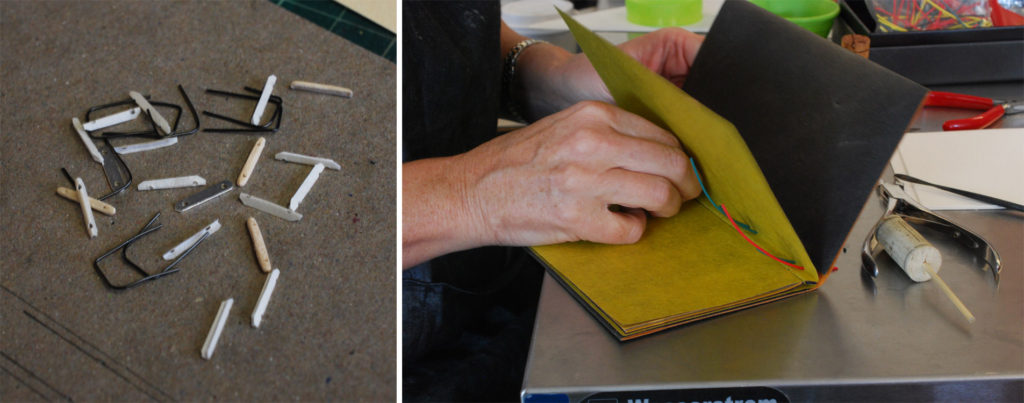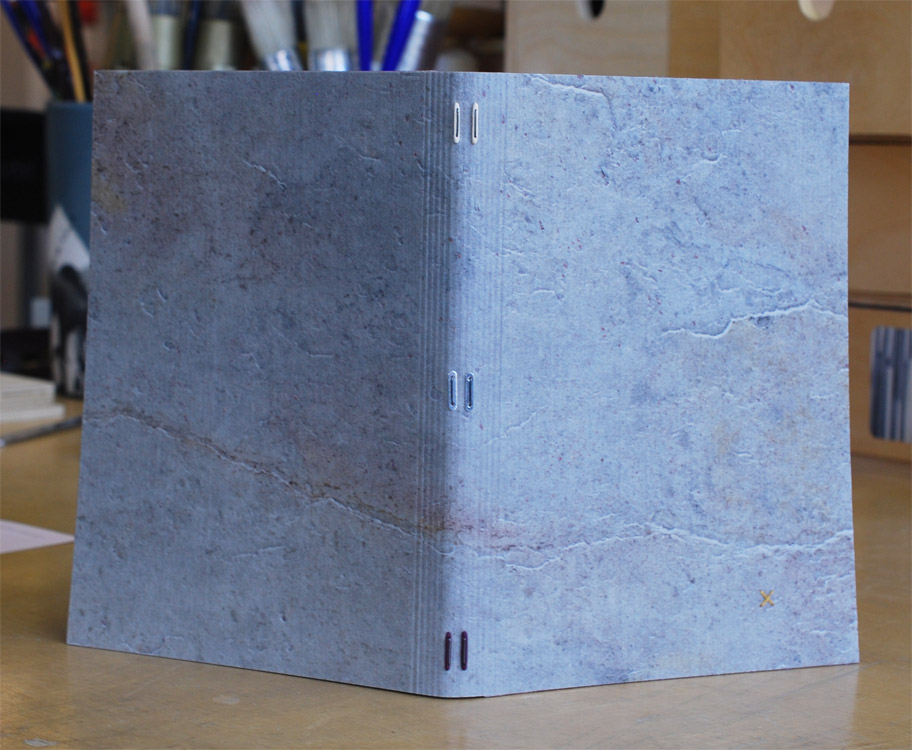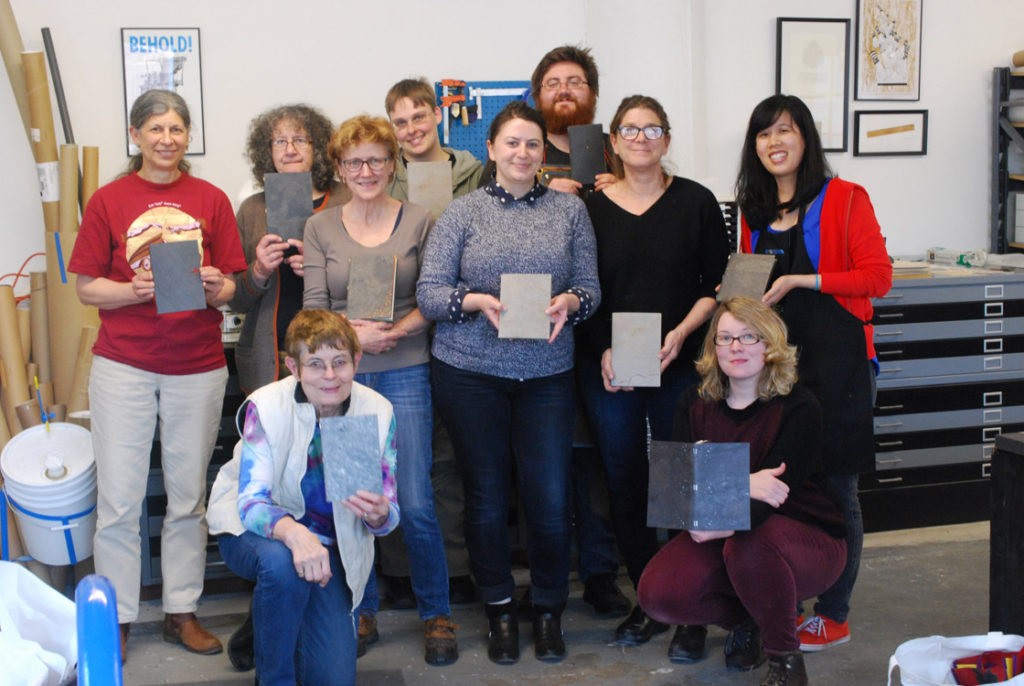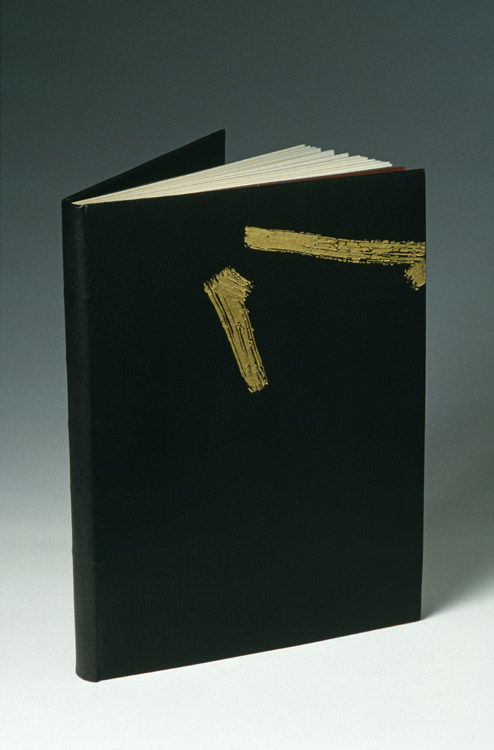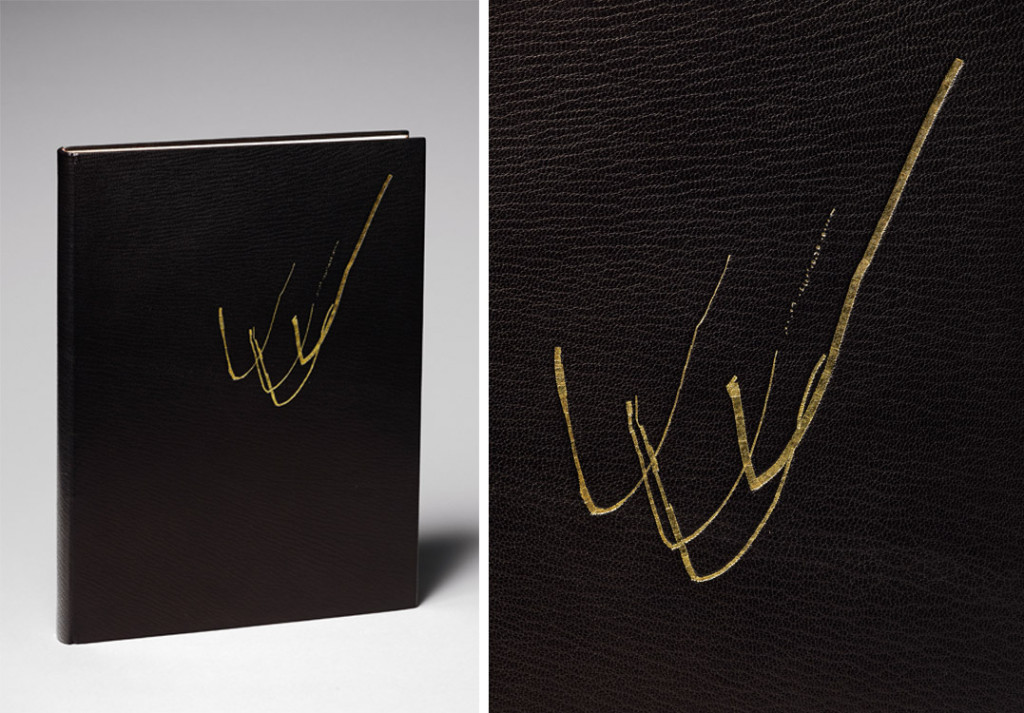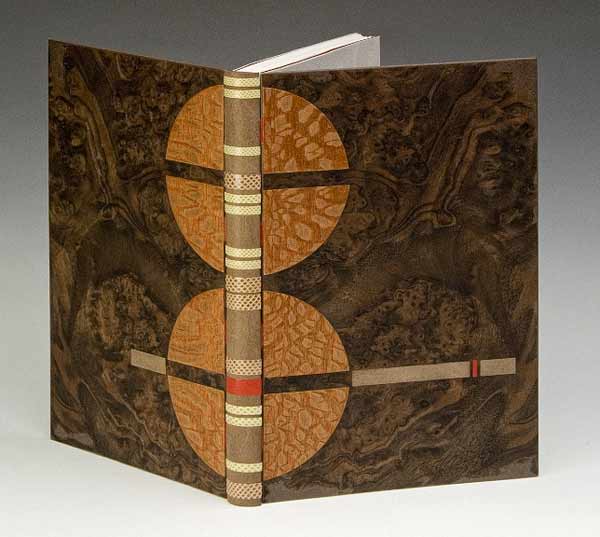At the beginning of February, I flew to San Francisco to attend the Codex Book Fair for the first time. The Codex Foundation was formed in 2005 by fine press printer, Peter Rutledge Koch and paper conservator, Susan Filter. Since 2007, the Codex Book Fair and Symposium has run biennially, growing from 120 exhibitors in its first year to 220 in 2017. The venue has also been upgraded to the Craneway Pavilion (once known as the Ford Assembly Plant) to accommodate this ever growing event. The Symposium runs in conjunction with the fair and features keynote speakers within the field of artist books.
The fair itself runs for four days, unfortunately I only had a chance to be there for the final two days. Needless to say, there was so much to see and so many people to chat with that I was unable to make it all the way through. If you are planning to attend in the future, give yourself four full days. You’re going to need it.
This year, Codex hosted exhibitors from 26 different countries, who were there to showcase their artist books and fine press editions. In addition, various institutions that offer courses and programs in bookbinding and book arts were displaying work from current students and alumni. A handful of vendors could be spotted amongst the tables selling beautiful handmade papers and tools, plus leather and other binding materials.
I had a really great time and would recommend making the trip if you are at all interested in bookbinding, book arts and printmaking. It will certainly open your eyes up to the vast levels of skill and creativity amongst our field. Below are some of the highlights from my visit to Codex.
One of the first things to catch my eye were three bindings by Jonathan Tremblay. His work is so flawless and it was great to get the chance to handle these bindings and chat with Jonathan about his work. The best part of the raised inlay shown on the binding above, is that Jonathan hand-painted the exposed suede edges in a grain-like pattern so that it would blend in seamlessly. A truly amazing detail. Jonathan’s work was on display at A. Piroir Studio-Gallery, a fine press based out of Montréal.
This lovely cloth book bound around brown thorns and embroidered with erotic images was constructed by Lois Morrison. Her work Leah, interprets an excerpt from the Old Testament. Lois’ illustrations are so expressive, her initial sketch in light blue pencil is still visible under the stitches (a detail that I just loved).
Coleen Curry discussed a recent binding she completed for Nawakum Press. Her work is so textural and this piece was no exception. Combining a Pergamena grey goatskin with onlays of shark and sanded alligator skin. Really beautiful work.
The book on the left is by Rhiannon Alpers and is such a creative and lovely way of utilizing the structure of the Secret Belgian binding. She was a delight to chat with and see her work in person. The work on the right is by the phenomenal printer and book artist Karen Kunc. Karen is from my home state of Nebraska, where she runs Constellation Studios. It was great to catch some insight on how this art form is being received in the midwest, particularly in an area that lacks exposure to book arts.
Vellicate by Karen Hardy includes human hair and this amazing translucent clamshell box. She went through the book arts and printmaking MFA Program at The University of the Arts in Philadelphia and is currently living in Asheville, North Carolina.
A small selection from Vamp & Tramp Booksellers.
This binding by Sol Rébora was one of many delightful finds at her table. It was so wonderful to meet Sol in person since interviewing her for the blog back in 2014. The delicate precision of her work is inspiring and Sol was kind enough to speak about the many details of her work.
Towards the end of the final day, I made a quick stop at Tomorrow’s Past to say hello to Tracey Rowledge and Kathy Abbott. Above are two fine examples from their table. The two bindings on the right are stone veneer staple bindings bound by Sün Evrard.
Well that’s just a small sample of the things I saw during my trip to Codex. As I mentioned before, it’s definitely worth making the trip. You’ll leave feeling inspired and emboldened to make work, plus you might walk away with an armful of goodies.
